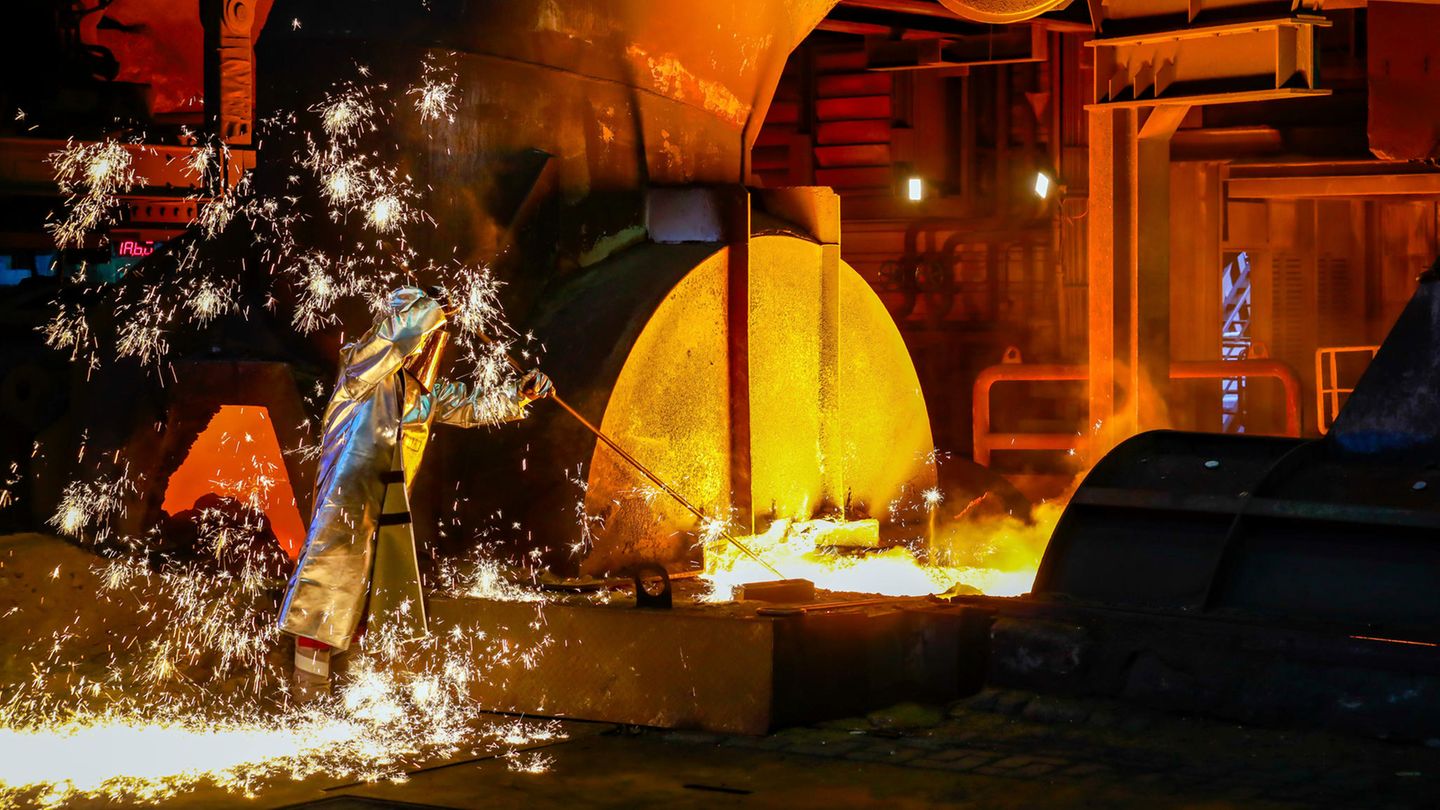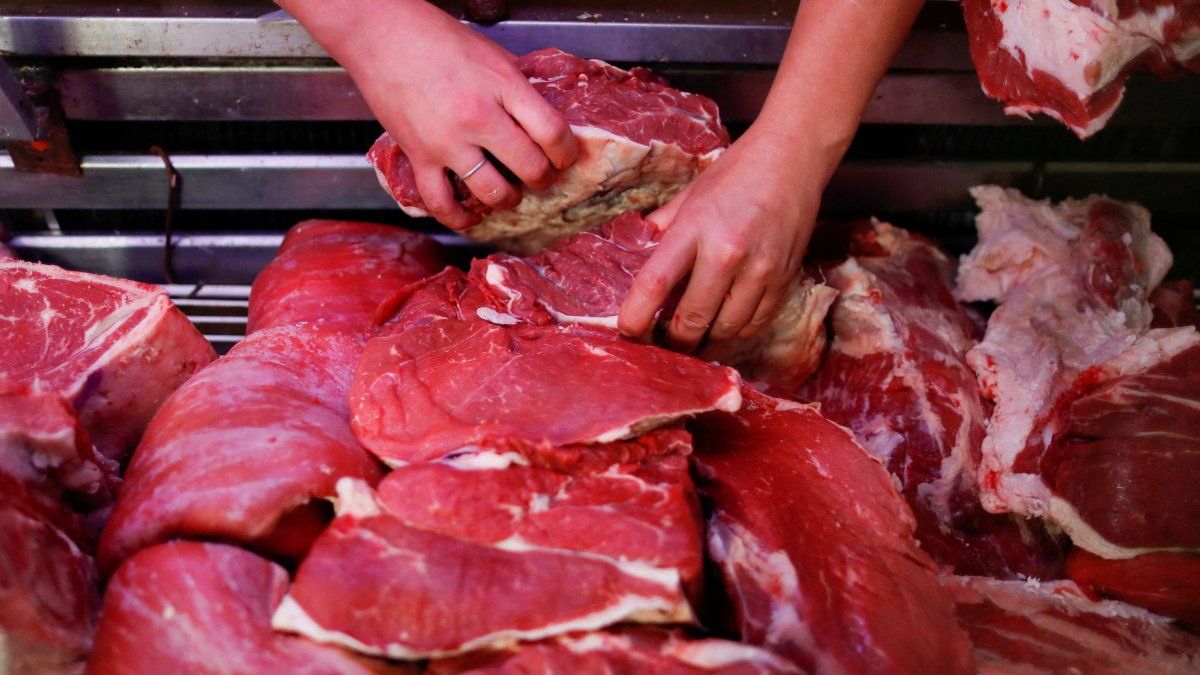Steel division
Thyssenkrupp wants to cut almost half of all jobs by 2030
Copy the current link
At Thyssenkrupp, a total of 11,000 jobs will be lost by the end of 2030 – some through layoffs, others through outsourcing. The company is reacting to the market.
Germany’s largest steel company, Thyssenkrupp Steel Europe, plans to cut several thousand jobs in the coming years. The company announced that the number of jobs will shrink from the current 27,000 to 16,000 within six years.
Accordingly, around 5,000 jobs are to be cut by the end of 2030 through “adjustments in production and administration”. 6,000 additional jobs are to be outsourced to external service providers or business sales. This is one of the key points for an industrial future concept.
The company, which is majority owned by the industrial group Thyssenkrupp, is reacting to the weak demand on the steel market. Production capacities are to be reduced from the current 11.5 million tons per year to just 8.7 to 9.0 tons. This corresponds to the shipping volume of the previous financial year.
Thyssenkrupp wants “comprehensive optimization”
The aim is to create long-term prospects for as many employees as possible, says Thyssenkrupp’s steel boss Dennis Grimm. Therefore, we will adapt to the changed market conditions through targeted capacity adjustments and cost reductions. “In order to position ourselves for the future, a comprehensive optimization and streamlining of our production network and our processes is necessary.”
150 kilos of explosives against 17,000 tons of steel and concrete: Rahmedetal Bridge in Sauerland blown up
Before the explosion: Up to 70 meters high, a good 450 meters long and weighing 17,000 tons – the Rahmede valley bridge on Autobahn 45 in the Sauerland. However, the structure was dilapidated and had been completely closed since 2021. After the war in Ukraine began, artists painted the bridge with a message of peace
© Imago Images
In parallel to the savings program, the parent company Thyssenkrupp wants to push ahead with the independence of the steel division. The Czech energy company EPCG, owned by Czech billionaire Daniel Kretinsky, currently holds 20 percent, and in the next step this share is expected to increase to 50 percent.
Green steel plant is to be further built
Germany’s largest steel company has been under pressure for a long time, cheap imports from Asia, high costs and weak demand have led to loss-making business. In the interests of climate protection, high investments are also necessary to improve the CO2 balance of energy-intensive steel production. In Duisburg, “green steel” is to be produced with hydrogen in the future; the federal government and the state of North Rhine-Westphalia are funding an expensive new plant with a total of two billion euros.
Despite the state’s strong financial injection, the project is an expensive affair for Thyssenkrupp Steel. According to media reports, internal consideration was given to exiting the project. The company is now emphasizing that it is sticking to its plan to complete the direct reduction plant that is already under construction. At the same time, “constructive discussions” are being held “to ensure the economic viability of this large investment project under the rapidly changing conditions.”
Note: This article has been updated.
DPA
tkr
Source: Stern




